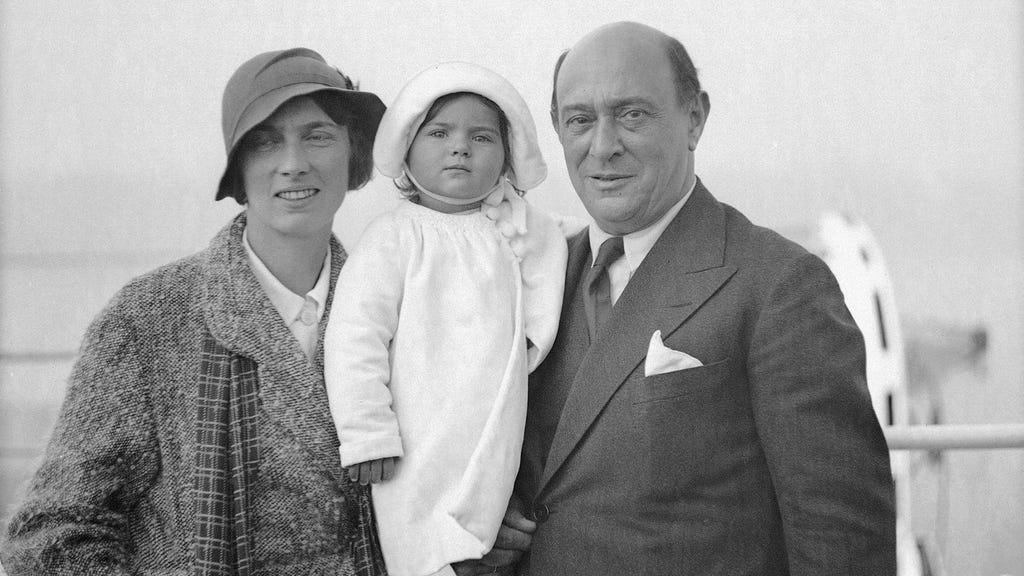Arnold Schoenberg, a pivotal figure in 20th-century music, was forced to flee his native Europe in 1933 due to the escalating Nazi persecution of Jews. This exodus, prompted by the newly enacted law dismissing Jewish officials from public service, marked a significant turning point in Schoenberg’s life and career. He lost his prestigious position at the Berlin Academy of Arts, a blow that underscored the increasing precariousness of Jewish intellectuals and artists in Germany. Schoenberg’s journey into exile first led him to France, a temporary haven before his ultimate relocation to California, a place that would become his new home and a significant influence on the trajectory of American music. This forced migration not only disrupted Schoenberg’s personal life but also resulted in the tragic loss of valuable musical materials, including manuscripts and original scores intended for sale and distribution, which were later destroyed in a fire in the Pacific Palisades neighborhood of Los Angeles, according to his son, Larry Schoenberg.
The loss of these manuscripts and scores is a significant blow to the world of music. These documents represented not only the culmination of Schoenberg’s creative genius but also invaluable insights into his compositional process and the evolution of his revolutionary twelve-tone technique. The destruction of these materials represents a permanent gap in our understanding of Schoenberg’s work and a tragic loss for future generations of musicians and scholars. The fire served as a cruel reminder of the fragility of cultural heritage and the devastating impact of unforeseen events on the preservation of artistic legacies. While recordings and published versions of some of his works exist, the original manuscripts held unique value as primary sources, offering a direct connection to the composer’s mind and creative process.
Schoenberg’s arrival in California marked a new chapter in his life, far removed from the persecution he faced in Europe. He established himself in the vibrant cultural landscape of Southern California, a stark contrast to the increasingly oppressive atmosphere he had left behind. He found himself amidst a community of artists, intellectuals, and entertainers, including renowned figures like Shirley Temple, George Gershwin, and Harpo Marx, who became his neighbors and friends. This new environment offered him a sense of community and a platform to continue his work, fostering a sense of belonging and providing opportunities to share his musical knowledge and influence a new generation of composers.
His influence on American music is undeniable, particularly through his teaching. Among his notable students was the avant-garde composer John Cage, whose experimental and often controversial approach to music challenged traditional notions of composition and performance. Schoenberg’s mentorship of Cage underscores his impact on the development of experimental music in the United States. He fostered an environment of intellectual curiosity and encouraged his students to push the boundaries of musical expression, contributing significantly to the evolution of musical thought in the 20th century. His twelve-tone technique, initially met with resistance, gradually gained acceptance and influenced generations of composers, leaving an indelible mark on the landscape of modern music.
The juxtaposition of Schoenberg’s escape from Nazi persecution and the subsequent loss of his manuscripts in a fire creates a poignant narrative of triumph and tragedy. His flight from Europe allowed him to continue his work and influence a new generation of composers in America, ensuring the survival of his musical legacy. However, the fire that destroyed his manuscripts represents an irreplaceable loss to the world of music, a stark reminder of the fragility of artistic creation and the importance of preserving cultural heritage. This dual narrative highlights the complexities of Schoenberg’s life and career, emphasizing both the resilience of the human spirit in the face of adversity and the enduring power of art to transcend even the most devastating losses.
Schoenberg’s story serves as a testament to the enduring power of art and the importance of preserving cultural heritage. It underscores the devastating consequences of intolerance and persecution, highlighting the importance of safeguarding artistic expression and intellectual freedom. The loss of his manuscripts, while tragic, should serve as a catalyst for greater efforts to protect and preserve the creative output of artists and composers, ensuring that future generations can benefit from their insights and contributions. Schoenberg’s legacy continues to inspire and challenge, reminding us of the importance of embracing innovation, fostering creativity, and safeguarding the artistic treasures that enrich our lives.














